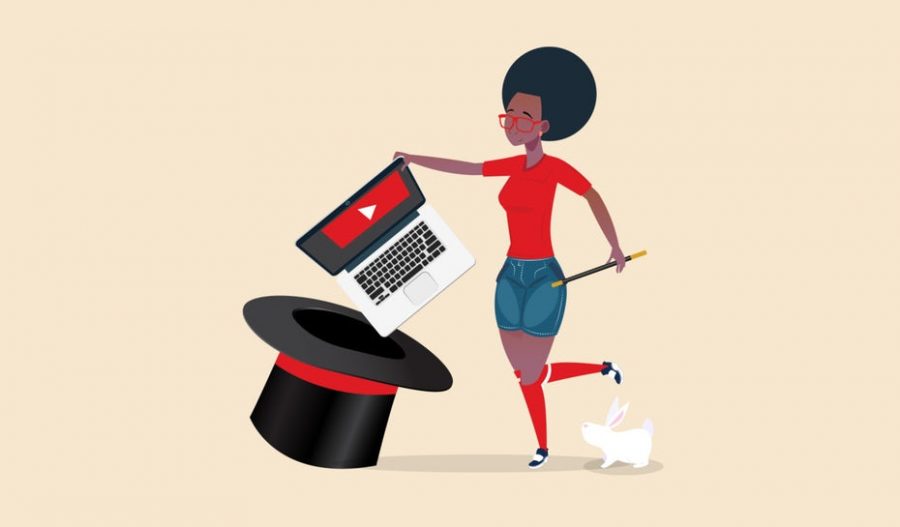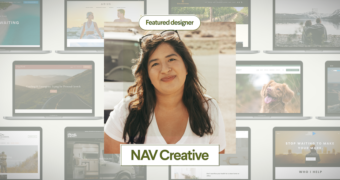Want to keep your viewers engaged with your videos? You’ve got less than 8 seconds to hook ‘em before they click to another screen.
So how can you keep your viewers’ attention?
Put on your ceremonial robe and enter the circle, we’re about to initiate you into the secrets of hooking viewers and keeping them on the edge of their seats. Read on to learn how you can make your videos more engaging and keep you audience watching.
These are the key aspects you need to pay attention to if you want to make an engaging video:
- Content
- Emotion
- Filming and editing
1. Content
—
In medias res
Sounds like Latin to you? It is. It means starting “in the middle of things.” Don’t start with a drawn-out intro or bumper, cut to the chase, then show your intro or bumper. Begin with the intense drama or the completed result, then go back and tell them how you got there.
Start with a hook

Deliver your hook in the beginning of your video. Viewers are used to clicking through mediocre content until they find what they’re looking for, so let them know they’re in the right place so they can stop searching.
Tell them what you’re going to do in the video and what they can expect from watching it.
You can say it directly, or do it in a problem/solution type story where you present a problem or pain-point you know your customer has, then present them with not just a solution, but the best solution—your product or service!
Make it shareable
The cute puppy we mentioned earlier who’s falling asleep, a hilarious comedy bit, a person jumping across an abyss—what do all of these have in common? They’re shareable. That’s because they’re cute, funny, entertaining or shocking.
Make the question “Would I share this with my friends?” your mantra when coming up with video ideas. Think of the things you look for in videos you share. Keep those elements in mind when create your own video content.
Spark curiosity
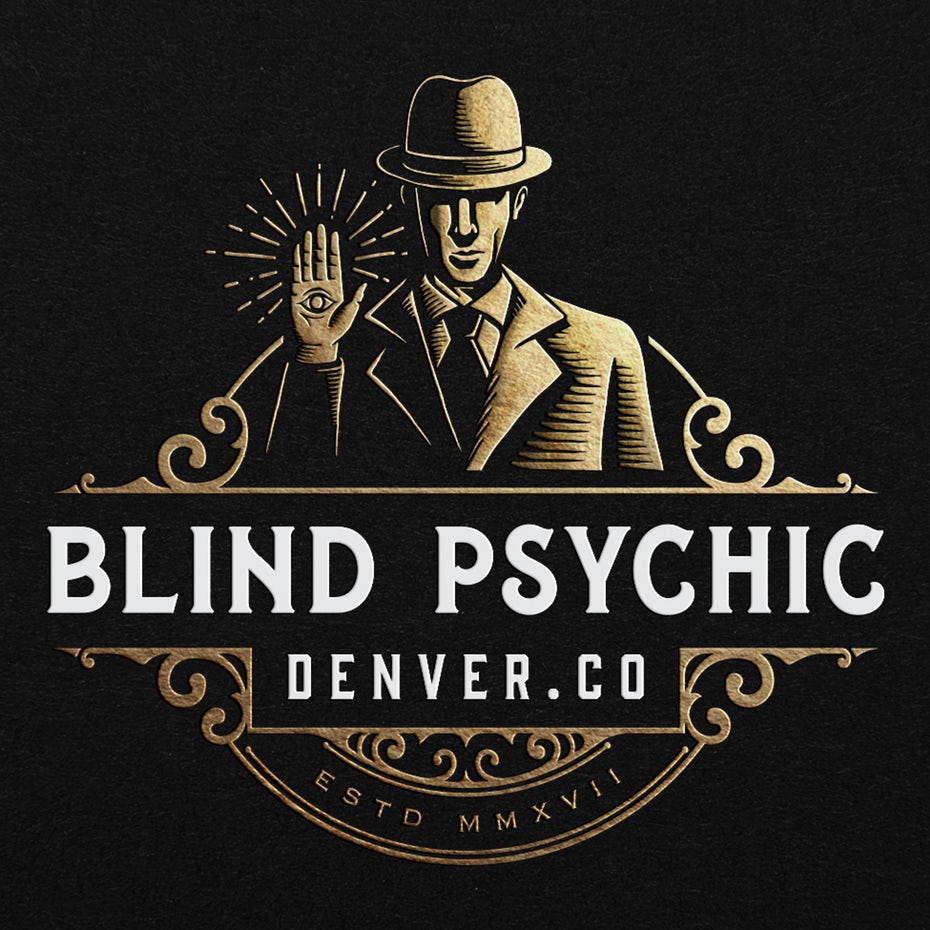
Research and find a tidbit of information you know would be of value to your viewer. Then present the information in an entertaining way. By sparking curiosity you’ll make your audience want to learn more and keep watching what you have to say.
Additionally, giving your viewer a new and interesting piece of knowledge—something he or she can use—is the same as giving them a free gift. Typically, when people get free stuff they feel indebted to the giver (whether they consciously realize it or not). This puts you in a sweet position because your viewer’s gratitude will make him or her more likely to buy what you’re selling!
Write an engaging script
Some people take the talking head route with their videos—just winging it. Only experienced orators or lucky people can do this. The best way to ensure that your message gets across is to write a script. Know your objective, where you’re starting, where you’re going and how you’ll get there.
Then go through your script and make sure it’s tight, efficient and expresses your value.
Of course you don’t want to seem too stiff or unnatural, so if you can pull it off, go ahead and ad lib. Just be sure you’re not rambling on and on. Keep it short and sweet. Nobody has time to hear a tiresome stream of consciousness rant. Unless that’s your gimmick.
Stand out from the crowd

There are probably tens of thousands of businesses who do what you do. But maybe you’re the fastest. Or the best at craftmanship or execution. Identify your unique selling point (USP), and make it the pedestal that puts you head and shoulders above your competition. Put your USP front and center in your video.
Get the message right
Your video is supposed to present your brand in the best light possible. If you’re the fastest, don’t stop there. Think benefits. How does your speed benefit your customers? It gives them more time to spend with their families or to take care of important business. If you’re delivering the highest quality, sell the idea that your prospects will own a piece which is also a work of art, will stand the test of time and can be passed down through the generations.
If you focus your message on your audience’s benefits, you’ll keep them engaged and eager to hear what you have to say.
Dangle a carrot (and then give them the carrot)

Tell your viewers what you’re going to give them in your explainer or interview intro, then say there will be a bonus piece of information in the very end.
This works especially well for interviews. Imagine you’ve found a video interview of your favorite influencer, and in the intro the interviewer says they’re going to reveal the secret to their success. You have to stick around for the end!
But be careful with this technique, so it doesn’t come across as click bait. Remember that you have to deliver what you’re promising, otherwise people will feel tricked.
Work with an influencer
When fans of an influencer see that you’re interviewing their hero, it’s almost certain that they’ll give your video a gander. Collaborating with interesting or famous people can give you instant access to tens, and sometimes hundreds of thousands of viewers.
To virtually guarantee that your chosen influencer’s fans will stick around for your entire video, ask them questions they’ve never been asked, or take a different approach. If fans can tell that they’re hearing the same interview that they’ve heard a million times, they might click away, but if you start out by saying that you want to cover some new ground, audiences will get excited and stay tuned. Do your due diligence and research the questions your influencer always gets and take a different angle!
End with a question
If you’re doing an interview video or an explainer, ask the viewers a question in the end. It should be related to the topic of your video. You can ask viewers if they have any ideas which add to the information you’ve presented, or you can come up with a question which is a spin-off of your topic. This way, you can continue the conversation in the comment section and lead viewers to your call to action (such as clicking a link to learn more.)
2. Emotion
—
Paint a picture

If you want to sell something, start with targeting the limbic system—the emotional part of the brain—not the rational part. That’s where we decide where to spend our time, attention and dollars. So before you go quoting statistics, paint a picture.
Make your viewers see themselves reach the goal you’re helping them achieve. Have them see themselves driving in an expensive car with the top down. Make them see themselves on the beach turning heads with their rock hard abs.
Appeal to the emotions first, then provide rational, credible supporting evidence.
Lead with an emotional question
Questions are instant engagers because the prospect must admit to themselves that your product would be useful to them. Asking a question is a good idea if you know the answer will be in your favor.
For instance, “Could you be driving more traffic to your site?” will usually be a “yes” in the mind of the viewer. Turn that question into a statement, and it becomes weaker, “Product X will drive more traffic to your site.” It can sound pushier, and might even raise skepticism in the viewer’s mind.
Engage your viewer with direct questions to make them feel like you’re having a conversation with them, rather than just talking at them.
Make a connection and show you care

People want to know you care. Let them know that you used to be in their shoes. You know what they’re going through because you once had the same problem they do. But then everything changed when you learned what you’re about to share with them. The problem was solved and the world opened up to you.
But you can’t just sit around being successful all by yourself. That wouldn’t be right. You want to share the secret of your success with the world, so others can enjoy success, too. Because you’re unselfish. Because you love people and want to change the world for the better.
When you use this approach, your viewer will nod their head in understanding as you speak. He’s just like me. If he did it, maybe I can too!
Appeal to the heart
Pet videos go viral because people love pets. And the people who love pets can’t resist a baby pet trying to stay awake or climb down the stairs. They can’t help it. As we’ve detailed previously, pushing the love button instantly appeals to the limbic system. And connect the emotion with the information. Whether it’s funny or dramatic, if people have an extreme reaction like laughing or crying, they’ll remember your point. Use love to engage audiences.
Include your ‘why’

Steve Jobs said that Apple was about helping those bold enough to think they can change the world actually do it. That ‘why’ influences their design: their products are aesthetically pleasing and intuitive to work with.
And Nike is about great athletes and great sports, so ad campaigns usually center around that attitude and feel, rather than centering around the actual products.
Your ‘why’ can be a powerful tool for making engaging videos. When the reason why you’re doing what you’re doing is at the forefront of your video, customers who believe in the same thing will rally around, support you and share your videos. Sometimes even if they don’t really dig your actual product!
Pick a fight (and pick a side)

Picking a side that reflects your values will not only lose you some viewers, it’ll get you some haters. On the bright side, you probably wouldn’t want to be associated with those people anyway, so you might as well take a strong polarizing stance.
And taking a clear side will gain you viewers, loyal ones that share your beliefs and will fight with you and for you. These are the kinds of people who will not only buy your product or service, but enrich your life.
In picking a fight and a side you demonstrate your authenticity, which is something special in and of itself. Don’t ride in neutral. Play to an extreme.
Appeal to hope (or fear)

Ads for diets often use hope. Life insurance ads often use fear. Both can be incredibly powerful, so use them consciously and carefully. Match your approach to your product or service. Spreading hope can be a great tool to engage your audience and make your video content valuable and inspirational.
It may seem kind of extreme, but sometimes audiences won’t respond to hope. In those cases, warning them of the consequences they might be facing, will spark the right amount of fear in your viewers to keep their attention on your video and the solution you’re offering them.
Share your culture and personality
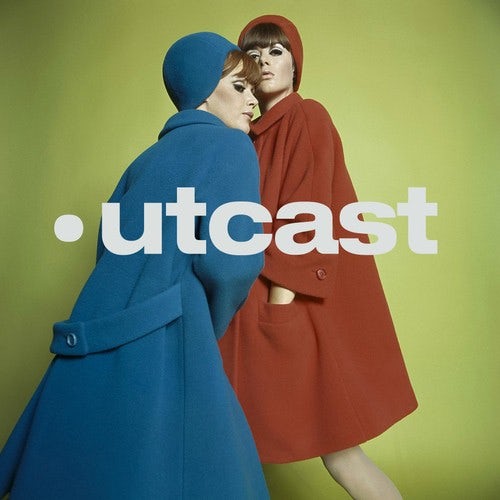
What’s your company culture like? Culture videos can include slice-of-life employee interviews, game days in the office, pranks, birthday parties and everything in between. The goal is to show that your organization isn’t just a mindless factory, but a human fabric with a lot of personality.
Or maybe it is a factory and that’s what employees like about it. The point is, there are people looking for both. Share your culture and invite the right people to your party. Or non-party. Show people who you are. This will deepen the bond between you and your viewers and will make your videos authentic—which is one of the keys to an engaging video.
Prove your credibility
You want to be trustworthy. Get endorsements from reputable sources and present them. When a reputable individual or organization backs you up, ask for their logo or official stamp of approval and show it on the screen when you mention them. Have you received any awards? Degrees? You don’t necessarily need to have them around your neck or be holding your trophy, but have your plaque on the wall behind you.
Get a testimonial saying how your product or service is the bee’s knees. But refer to it after you paint your emotional picture, not before, or your whole video will fall on its face. Lots of people make the mistake of presenting facts and figures first. That’s trying to enter your viewer’s logical brain before you access their limbic system. Psychology doesn’t work that way. Your audience must first feel an emotional draw toward your product or service, then they need to be able to justify it with facts, figures and credentials.
Be charismatic and approachable

When you’re looking at the camera, people need to feel like you’re looking at them. In your explainer, documentary, or interview, when the camera rolls, pretend it’s your good buddy standing there. You want the best for your pal. You want her to succeed. It’s all in a look.
Determine the right intonation, pace, and volume level for the delivery of your message.
Control your space by moving freely in it. When we’re excited we make big gestures. We physically act things out. People in turn, feel that energy and are captivated by it. But you need to walk the line between being too amped up, and being too boring and one-dimensional. That takes practice. Regulate your energy and tone.
3. Filming and editing
—
Harness the magic of movement
When you’re talking to the camera, you can cut to you in different spots in the frame to unconsciously create movement in the viewer’s eye. It may seem weird at first to say something, cut the camera, then step two feet to the side and start recording again, but it works. The even weirder part is, people in general don’t really notice. They just know that your video seems interesting and engaging. This technique is excellent for explainers.
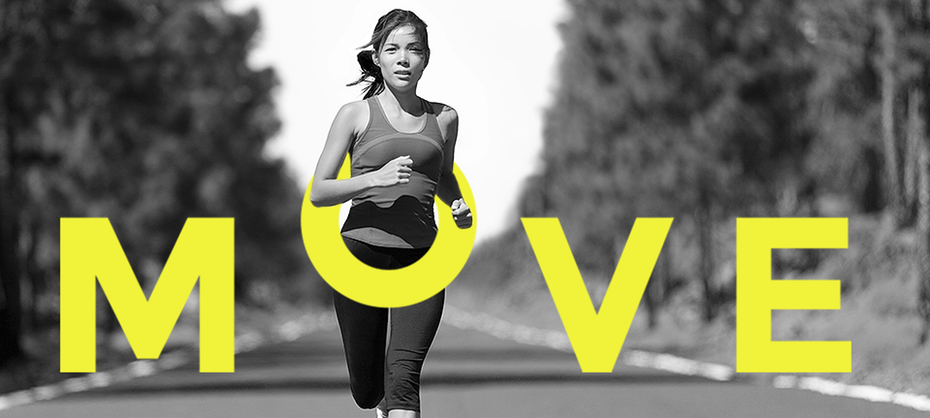
Walk and talk toward a stationary camera. Everyone loves a great entrance. From jump street, you’re commanding the attention of the viewer. Set up your camera in a room facing a closed door. Start behind the door, open it and walk from the background (the area farthest from the camera) to the foreground (the area closest to the camera). Psychologically it seems like we’re getting to know you because when you start we can see your whole body, and when you finish we can see your face. Also great for explainers.
Or walk and talk with the camera following you. This is an awesome move for documentaries or B-Roll. The reason it works is a hoity-toity term called temporal parallax. It basically means that since the camera’s moving through space, the objects in the frame also appear to be moving. And the closer objects seem to move farther than the farther ones. This creates dynamic visual energy and keeps things refreshing because the surrounding environment keeps changing.
Make sure to have someone guiding the cameraperson for this move since they can’t see where they’re going!
Move your camera
Try these three camera techniques for making engaging videos: zoom in or out on the camera lens, change your actual position in the frame and move the camera during the shot.
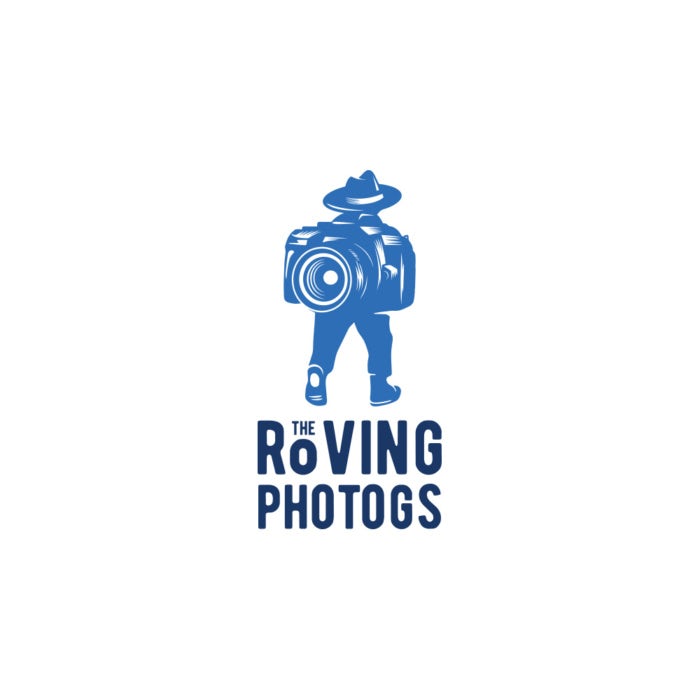
Why use these moves? Because—short attention spans. Most explainer videos have someone standing there talking. Even if the content is awesome and the actor is stunning, watching the same frame for too long gets boring.
While you’re recording, stop talking, change the zoom on your camera, then get back in position and resume talking. If you don’t have a zoom lens, just move the actual camera forward or backward. Make sure your camera’s still in focus!
A different way of breaking things up to make engaging videos is to change your actual position in the frame. During your recording, stop talking, take a step to the left or right, then resume your topic. Again, check your camera focus. You don’t want to be editing your stuff and realize you’re all fuzzy and have to set everything up again and re-shoot!
Moving the camera with the actor as they speak is a great way to maintain interest, especially in documentaries, b-roll and explainers. It works because the subject remains the focus of attention while the background keeps changing. And it’s especially visually fascinating because the closer objects appear to move faster than the farther ones. Even though the whole thing is just an illusion and nothing’s really moving in the background!
All three of these tricks are effective, but use them sparingly. Don’t overdo it and make viewers nauseous.
Use snappy editing

Bad editing or no editing can cause viewers to click away from your video. This is mostly for attention span reasons. After about 8 seconds, people start getting antsy. Even if the subject is especially attractive, a frame with very few or no cuts quickly becomes uninteresting, and if the shot is too tight, it can even become claustrophobic. Snappy editing ensures that your viewers won’t get bored and helps you tell an interesting story that people will want to keep watching.
Editing can also save you from having to stop and start all over again if you mess up a take. Simply use quick cuts to remove dialogue mistakes, dead air or lulls in action, which would make viewers click away. You can also use editing software to tilt, pan or even slide if you weren’t able (or forgot) to do so when shooting, so you can make each shot look as engaging as possible.
Make use of sound effects and music
Using music to add a certain feel, using ambient sound effects and combining music with ambient sound effects are all surefire ways to create engaging video content.

If people are saying, “Amen!” and waving their arms during a preacher’s sermon, that preacher gets even more engaged in his or her performance because they know the audience is listening. If the sermon is being televised, the viewers at home get more engaged because they hear that the audience in attendance is into it.
If you’re doing a documentary or explainer, and you don’t have a live “Amen corner,” you can use music to multiply the force of your message, and add ambiance. The secret is, the music must match your message. Just because you have a favorite piece of music, doesn’t mean it belongs on your video. Chill music for a chill message. Whacky music for comedy. Epic music for hardcore badassery.
Boiling teapots, shuffling cards, typing fingers and the like are all fascinating sounds. But they usually get improperly recorded unless you have a microphone dedicated to picking up the sound. Either go back and record those sounds separately, or find stock footage of them, so you can add them in editing. We recommend recording the sound yourself over finding stock footage, because stock footage never exactly matches your specific conditions.
Combining your music with ambient sound effects creates a double whammy of audience engagement. You’re creating an immersive environment for your viewers to escape into.
Integrate B-Roll strategically
B-roll is basically extra footage that you shoot or stock footage that you buy, which you can insert into your video to put emphasis on certain points.
There’s a psychological reason using B-roll works—it hits the limbic system in the brain we spoke about earlier in the paint a picture section. It’s one thing to see an actor speak about the tranquility of a glassy lake, but if you cut away to actual footage of one, the audience goes there, and can feel it in their mind. And when combined with the sound elements mentioned above, this technique can be a home-run.

Of course, B-roll also breaks up the monotony of seeing the same person talking for too long. Again, that break in monotony can be enhanced by showing B-roll where the camera is moving (as we referenced in the camera section above).
Photos can be used the same way. Suppose you’re doing your documentary, explainer or startup video, and you say, “I’ve always loved exploring nature.”
Beautiful sentiment, right? But how do we know you’re not just saying that?
If as you’re saying that, you cut to an actual photo of you as kid with your camping gear in the woods, your statement is validated, you seem authentic and the impact multiplies exponentially! B-roll helps prove your point and give your video substance.
Want to hit ‘em even harder? Gradually zoom into that photo, and give it key framing!
Use props

A prop is an object in a scene which an actor interacts with. That’s different than (but often confused with) set dressing, which could be a couch nobody ever sits in. A prop can hook viewers into a scene, or help you transition into another.
When you’re making a video about a specific product, don’t just talk about it—show it! During your product review of a certain camera, have that camera with you. Hold it up so we can see it when you introduce it. Point to the features, rotate it. Include some close-ups. Props create added interest and spice up a scene. They become objects of fascination and will keep your viewer’s eyes focussed on what matters.
Include graphics
Transitions, effects, and titles, all help create engaging video content. If you’re doing an explainer video and you want to refer viewers to a link, it’s useful to point to the lower third of the screen and have a graphic where the link pops up.

In explainers and documentaries, graphics are great for breaking down complex actions or things into easily digestible parts. Freeze an ice-skater during a jump and put up a graphic detailing their speed and rotation, their orientation in space or any other details you want your audience to understand.
In interviews, graphics can aid in introducing your guests. As you’re introducing someone, put up a title card showing their name and website, then put up an image in the top third of the screen of the cover of their latest book. Put up images of other books as you reference them during your conversation.
The style of graphics you use can complement the style of presentation you are making. In general, graphics make you look slick and polished.
It’s time to engage your audience
—
Now you know how to command the attention of your viewers by keeping them engaged with your videos. You can master one of these techniques and become a purist, or you can stack them if they fit the style and content of your video.
Creating an engaging video is based on understanding what you audience wants and needs. Take a look at the most engaging videos, and what they do seems like magic. But look closer. The effects that seem like magic are really just results of psychological know-how—and with the techniques outlined above you can do it, too.

